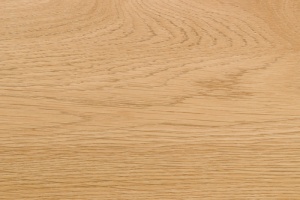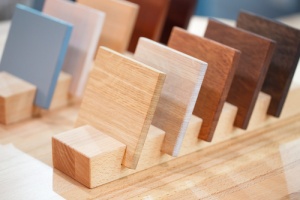Curtis Lumber & Plywood- When it comes to building certain types of durable structures like boats and decks, regular plywood often isn’t the best option. Marine-grade plywood is a sturdier, higher-quality material made of Western Larch or Douglas-fir that is not treated with chemicals. This type of wood’s thin sheets of veneer (plies) are usually set up perpendicularly as part of a process called cross-lamination that helps strengthen the material. However, heat and pressure are also essential to arranging Marine-grade plies, as this type of wood is not naturally resistant to rot and decay (unlike some types of lumber).

Marine plywood was created by Dutch door manufacturer Cornelius Bruynzeel in the 1930s, and it was used to build boats during World War II. Today, it is a type of wood that can be used for building durable patio furniture and outdoor projects like decks and porches, backyard playhouses, and garden benches that are popular in coastal regions. Marine plywood comes in many different grades, sizes, and weights and boasts many advantages over regular plywood.
Marine-Grade Plywood Vs. Other Types Of Wood
The main benefit of using Marine-grade plywood instead of other types of wood — like cedar, redwood, cypress and shorea — for building durable goods is the addition of one key adhesive: waterproof glue. If this type of plywood becomes exposed to moisture or high temperatures, waterproof (and boil-proof) glue will help to ensure the plies won’t divide into smaller layers or “delaminate.” Thus, if a boat hull’s protective layer or “finish” becomes damaged and the plywood gets slightly wet or even immersed, the wood won’t be affected.
Grades Of Marine Plywood
There are several different grades of Marine plywood. Every grade typically has a distinct knot size and frequency, as well as a unique weight and thickness for its plies. All sheets can contain knots but no knotholes. Here are some of the different types of Marine-grade plywood:
- A-A: This grade of exterior Western plywood typically comes in sizes of 4 feet by 8 feet or 5 feet by 12 feet and ½-inch thickness.
- A-B: This type of panel is also often found in a 4 feet by 8 feet size but is ¾-inches thick. It is a stronger grade of plywood and has no open knots. A 3-ply A-B grade Marine plywood panel can weigh anywhere between 5 and 12 pounds. Meanwhile, a 9-ply panel can weigh between 37 and 44 pounds.
- B-B: This is also called face-back Marine plywood.
- Medium-density overlay (MDO): This grade is made with a high-quality thermosetting, resin-impregnated fiber overlay attached to at least one side under pressure and heat to form an exterior-grade panel. The veneer under the fiber surface is smooth and perfect for painting. MDO is very strong, durable and has dimensional stability, is often found in 4 feet by 8 feet size, and can come in various thicknesses, including ⅜-inches, ⅝-inches, ½-inch, ¾-inches and 1 inch. MDO-grade plywood is often used for siding and is resistant to denting and scratching, as well as weather and chemical damage.
- High-density overlay (HDO): This grade leaves a smoother, shinier (“steel-form”) finish than MDO because it is produced with more resin. Unlike MDO, HDO comes in an Industrial grade. HDO also often comes in 4 feet by 8 feet size and either ½-inch or ¾-inch thickness.
Other Advantages Over Regular Plywood

Regular plywood is manufactured with fewer, thicker layers and is primarily made of softwood like pine. The inside layers of standard plywood also contain voids — holes that aren’t visible until you cut into the panel and that easily allow water infiltration. On the other hand, Marine plywood is made of hardwood and has many thinner layers. Plywood with several thin layers is typically higher quality than wood with fewer, thicker layers because the former layout creates a denser, sturdier panel with edges that cut and sand in a more clean way.



